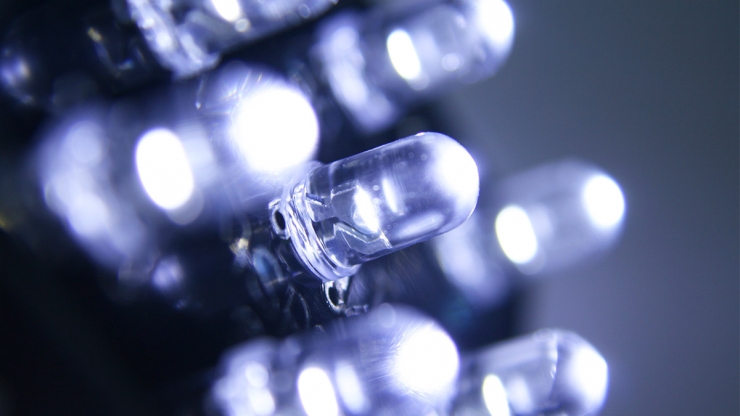
Luminous efficacy indicates, with how efficiently a lighting equipment converts electrical power into the light. The ratio of light flux to power is expressed in lumen and symbolized as lm/W.
Luminous efficacy refers to lighting power which reached by a certain amount of power. The ability of how many lumens light output can a light source provide by consuming one-watt power is called luminous efficacy.
When lighting preferences are made, low power consumption and high light output are desired.
The power requirement can be changed according to lighting equipment. Lighting sector constantly renewing itself with high-efficiency factor technologies. New technologies provide significant opportunities regarding use energy efficiently and thus, providing energy saving.
If we compare the current technologies; the performance of incandescent lamps are 15 lm/W, halogen lamps are 20 lm/W, fluorescent lamps are 80 lm/W, high-pressure sodium vapor lamps are 100 lm/W, LEDs are 120 lm/W.
The human eye has the highest sensitivity to green light (ideal monocrystal 555 Nm supply) at 555 Nm. The photopic curve reaches highest point at 555 nm which means green color. In this wavelength, it can be produced light as 683 lumens by using one-watt energy with 100% efficient. For this reason, the theoretical limit for lumen/watt ratio is 683 lumens. It requires more power if you want to reach same brightness in white color. This will decrease luminous efficacy. The theoretical limit for white LEDs is accepted as 400 lm/W.
Lighting manufacturers calculations are done according to efficiency factor of light sources that they use. They make the product specifications according to this. However, it should not be forgotten that accessories which form lighting fixture such as lens, reflector, housing, glass may cause a little amount of light loss. Therefore, when we specify the technical specifications of lighting fixture, total light output of lighting fixture and the power drawn by electrical network should be measured. Luminous efficacy should be calculated according to these values.
Lumen output of light sources are determined by lumen output integrated sphere device that can measure the light in every direction. Power measurement is performed by wattmeter. As a result of these two measurements, it can be easily calculated that how many lumens light output a lighting fixture has per watt which means the ratio of lm/W.

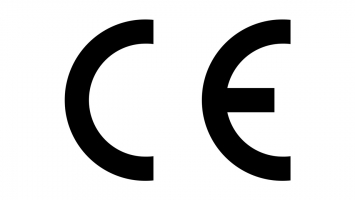
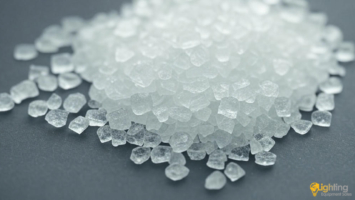
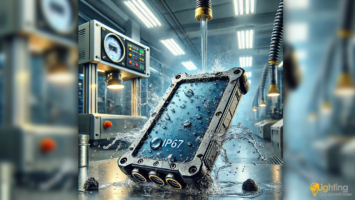
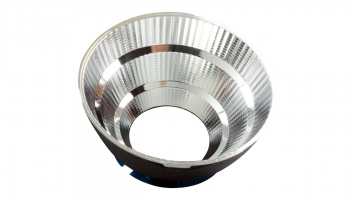
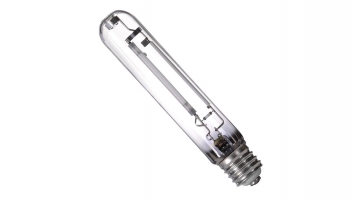
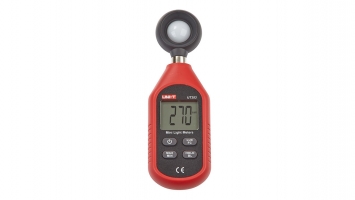
COMMENTS
MAKE A COMMENT